Photographing Landscapes at Night: Choose the Right Settings and Composition to Get Perfect Photos
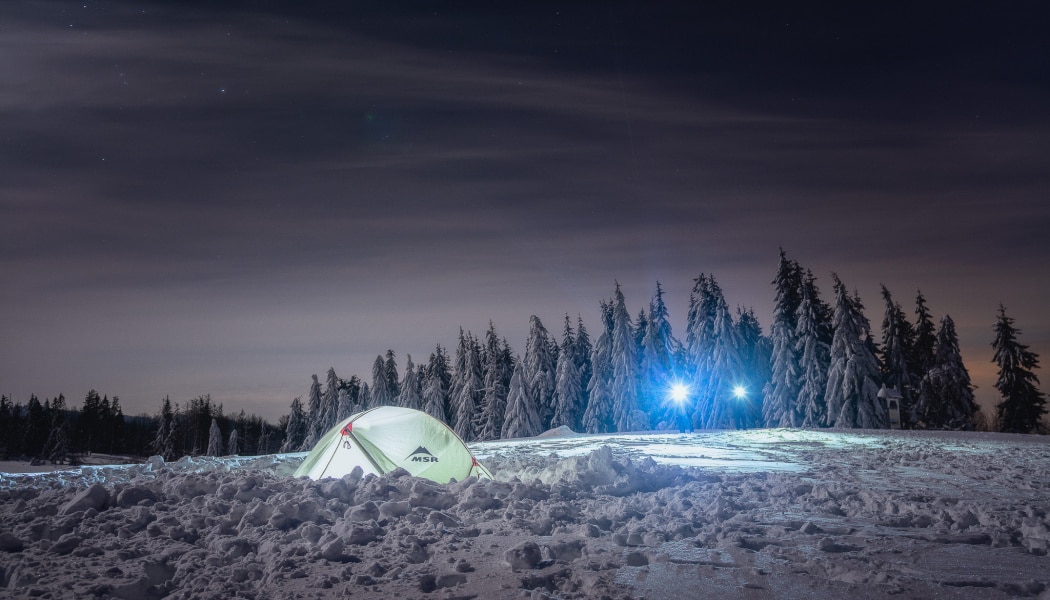
It has gotten dark, the sun’s nowhere to be seen, and nature is awakening to the life of the night around you. The first star has begun shining on the horizon. Soon it will be time to photograph a night landscape flooded with the light of the moon and stars. Follow our advice, and you’ll get enchanting photographs.
It pays to prepare. Examine your planned site well before you head out into the night with a camera in your hands.
In the daytime or evening, you’ll get a better feel for the site’s landscape and environment. That way you won’t be surprised by any distractions later on.
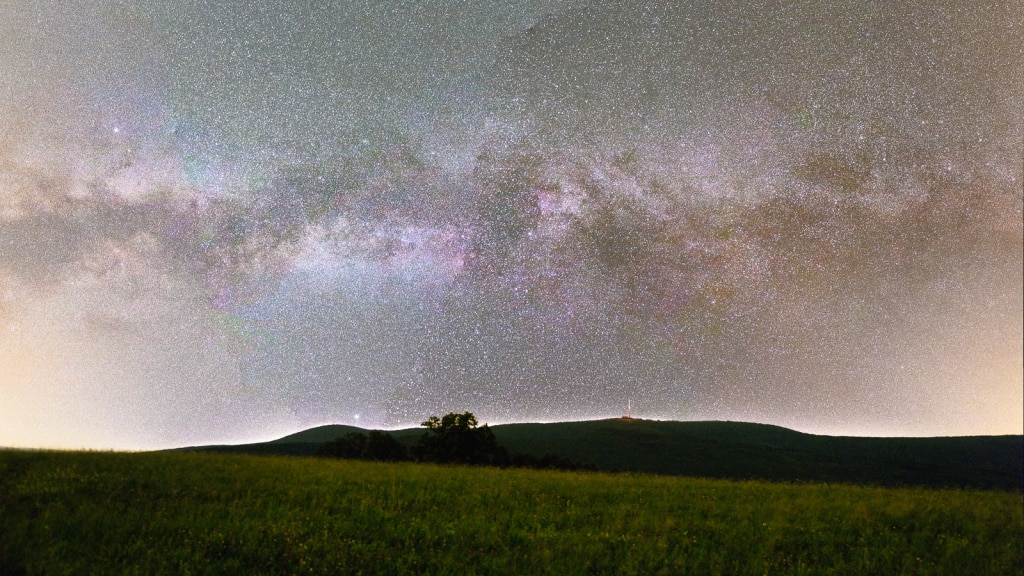
Equipment: What Works Well for Night Photography?
You’ll get the best night-photography results with lenses that have focal lengths of 14 to 300 mm and speeds of f/1.4 to f/2.8.
The focal lengths are the same as they are for normal landscape photography. But you need the smallest aperture numbers you can get here, to maximize light.
A tripod is an important aid here, ideally one with an L-plate. It’s invaluable, especially if you’re heading out to take the source shots for panoramas.
Play a Little With Your Camera’s Settings
To photograph nighttime landscapes, switch into full manual mode. It lets you set a shot’s time, aperture, and ISO. If you’ve been shooting to JPG, switch to RAW. That will give you more data to work with later on in Zoner Studio.
There are no universal values to use for nighttime landscapes, so you’ll have to experiment. To start out, try taking a reference picture with the following settings: 15s, f/1.8, ISO 5,000.
Adjust your exposure time and your ISO based on how your test picture looks. Long times and low ISOs are good for general night-landscape photography, since they prevent excessive noise.
But when you’re photographing the stars, on the other hand, you can use even ISOs such as 12,800, alongside relatively shorter times like 5–20 s. That will give you starts that are round and in focus.
The exact numbers will depend on the focal length you’re using. Wider focal lengths will let you use longer exposure times, but stars can then take on oval shapes towards the corners of a photograph.
TIP: You can replace the tripod with a parallax mount; once the mount is set up, it will follow the motion of the stars. The mount will let you photograph galaxies, planets, and other distant objects with exposures several minutes long.
Don’t Undervalue Preparations
Are you prepared to spend several hours in one place to photograph a night landscape? Do you know if the weather will work out? When the moon will be rising and setting? These are all things that you should think through in advance.
And that weather question is especially important. Use your answer to choose your gear. Every bit of equipment that you leave at home means a lighter backpack, but at the same time, you need to have what you need to have. Because the weather can really surprise you sometimes. And then things get difficult.
And that goes double in the winter. So always carry a waterproof layer with you, all year round, and a down jacket that’s small enough to fit in your hand and warm enough for emergencies.
You can check the current weather forecast at any time using a variety of mobile apps.
It’s also important to know when the moon will be rising and setting. I often get this information from the website named MoonCalc.
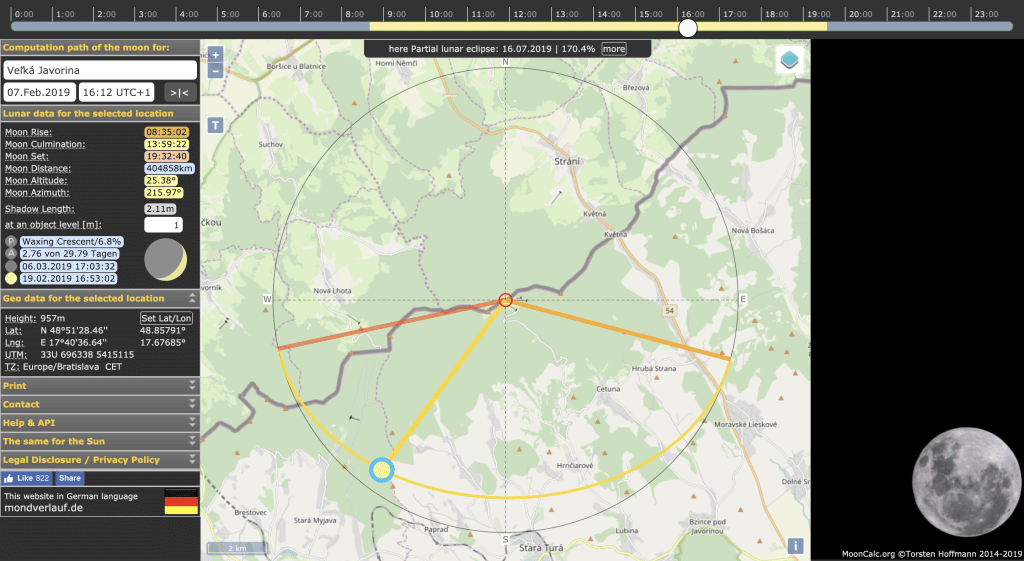
Be Aware of What You Really Want to Photograph
When you’re photographing the night sky, there’s no reason to capture the whole sky like you would in daytime. Focus on some points of your choice and compose the stars or the Milky Way to fit in with those points. You yourself can be one of those points. Just sit in front of the lens and observe the skies.
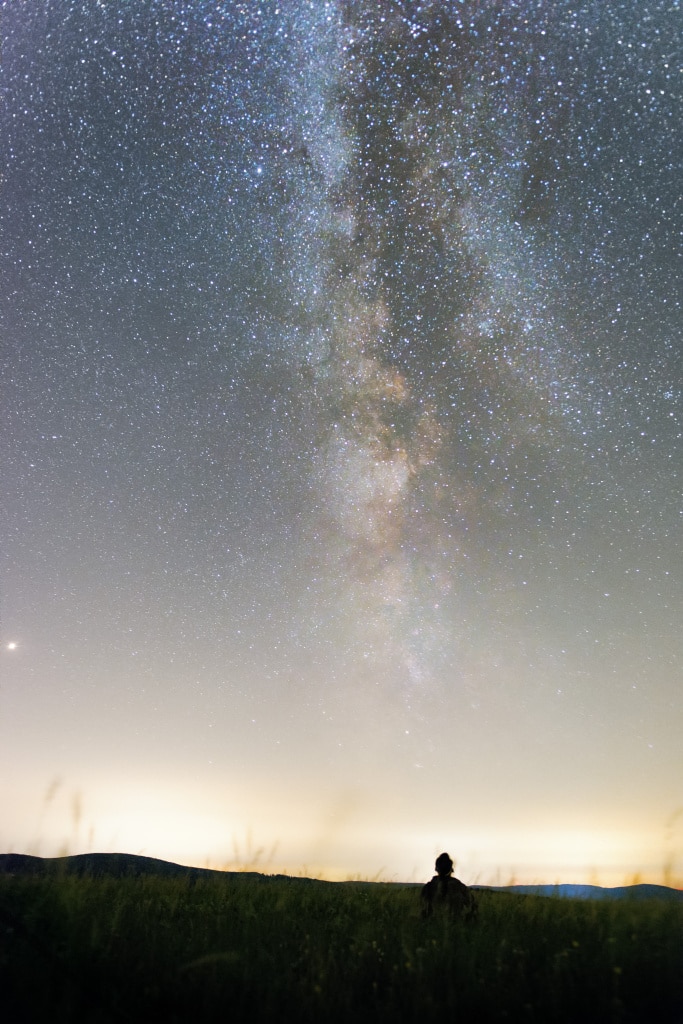
Nikon D7100, Sigma ART 18–35mm f/1.8, 15 s, f/1.8, ISO 8063, focal length 18 mm (EQ 35: 27 mm), with tripod
If you’d still like to photograph the whole night landscape after all, wait for the moonrise. Its light is strong enough to sufficiently light up the landscape.

If you’re camping in the spot where you’re shooting, you can even compose your tent into the landscape. And if you engage your imagination, you can create a picture that’s similar to my photo here. In it, my goal was to make people think: “Where is he returning from?” and “How did he take that picture?”
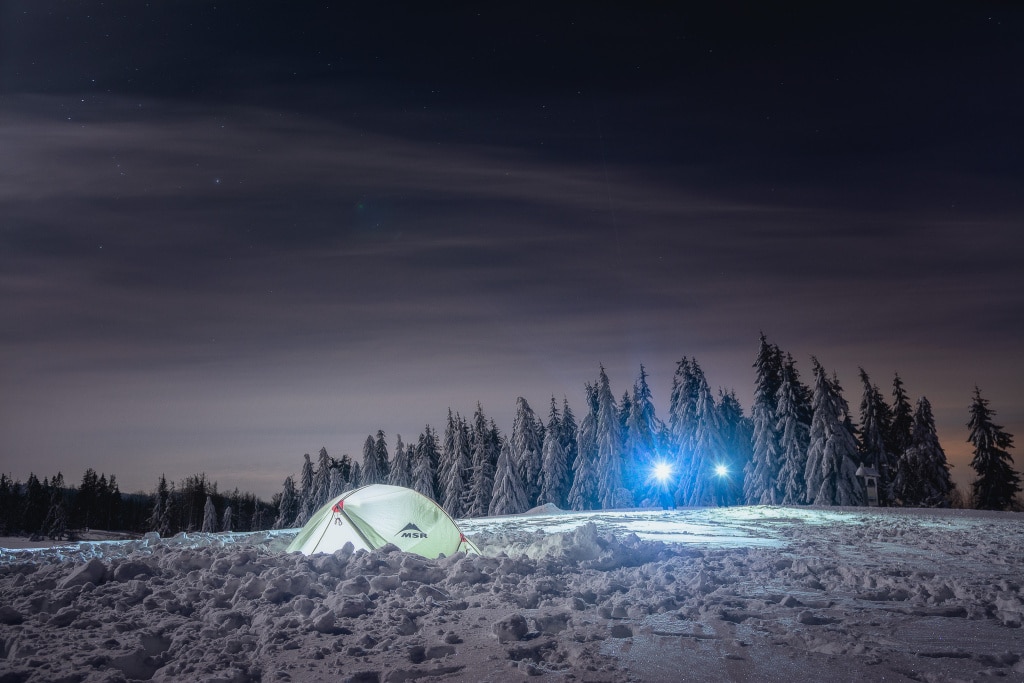
Nikon D7100, Sigma ART 18-35mm f/1.8, 15 s, f/2.8, ISO 100, focal length 18 mm (EQ 35: 27 mm), with tripod.
And one last tip in closing—whatever you’re doing in photography, put your health first, and don’t take any unnecessary risks. Oh—and once you’re done, you can show off your pictures of the night landscape in a Zonerama web gallery.
There are no comments yet.